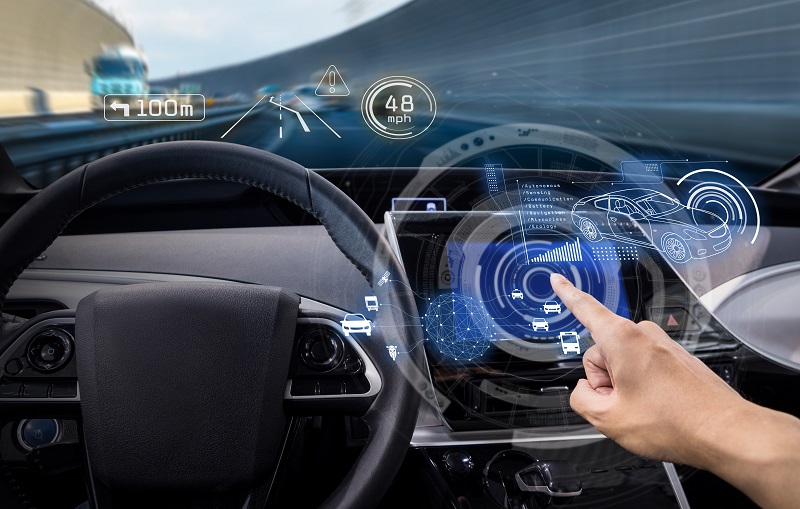
Augmented reality enables more precise guidance for drivers on the road – Tires & Parts News
Augmented reality (AR) can enhance the safety of drivers and passengers through easily understandable head-up displays (HUDs) in vehicles. Unlike semi-autonomous or fully self-driving vehicles, the ability to see the outside world clearly is a safety-critical issue in vehicles where a human is driving, says the leading data and analytics company.
AR is a technology that allows the user to see the real world overlaid with digital data, enabling more precise guidance based on the actual road layout facing the driver. Daimler produced the first AR HUD, the MBUX infotainment system, in the Mercedes A-Class in 2018, and since then other companies such as General Motors and Volkswagen have incorporated this technology into their vehicles.
Emilio Campa, Thematic Analyst at GlobalData, comments: “From a practical perspective, this means junction exits and final destinations can be visibly highlighted. From a safety perspective, potential hazards, including potholes, pedestrians, and other vehicles on the road, can be more easily identified by the driver. This is especially useful in night-time conditions or when severe weather patterns reduce visibility.”
GlobalData’s recent report ‘Augmented Reality in Automotive’ reveals that AR can ensure faster training of automotive staff. Daimler, for example, uses AR to enhance its maintenance products for its heavy trucks. This allows colleagues to collaborate and share repair information faster and more accurately, reducing vehicle downtime – a key consideration for heavy-duty vehicle customers that need to quickly return to the road.
Campa adds: “AR can increase maintenance efficiency and create a new avenue for sales. Technicians can have repair and maintenance instructions and training overlaid on their physical view of the car, directing them to the next task without them needing to research it separately. AR can also enhance consumer engagement by allowing customers to view virtual vehicles in real life and take them for a virtual test drive.”
Once consumers get used to the technology in other aspects of life such as in social media, gaming, and ecommerce, AR will play a significant role in the future of onboard information and entertainment systems, especially in autonomous vehicles. For example, WayRay’s concept car, the Holograktor, has car seats equipped with joysticks that can be used to play games on the windscreen’s AR HUDs. The car even comes preloaded with a Guitar Hero-esque online karaoke game. Drivers could also stream their favorite television programs in their line of sight or access information about the surrounding environment, such as adverts for local shops and venues.
Credits: GlobalData
This content was originally published here.


